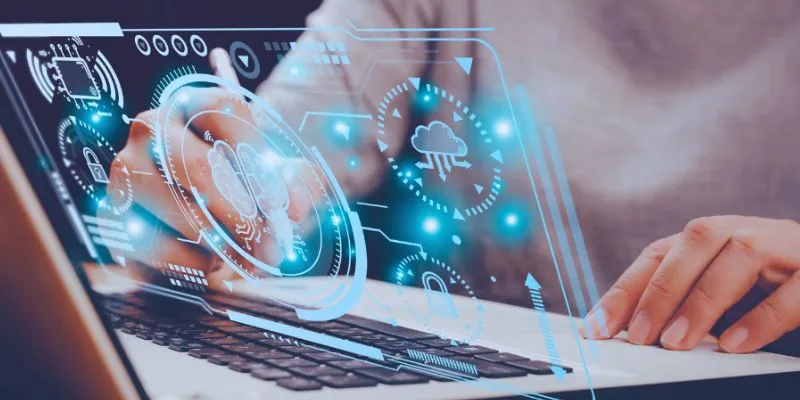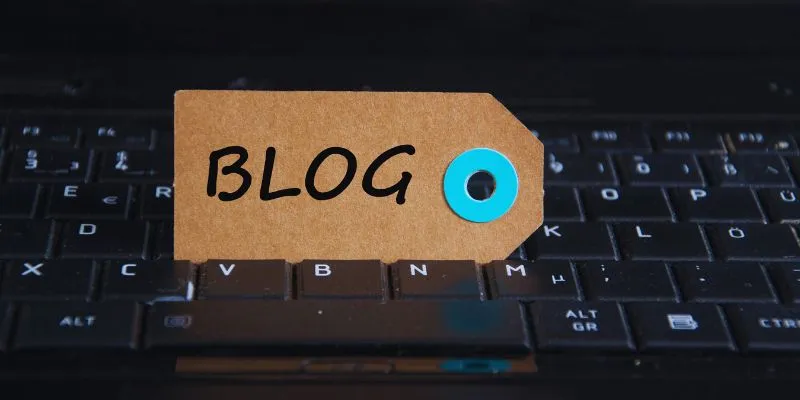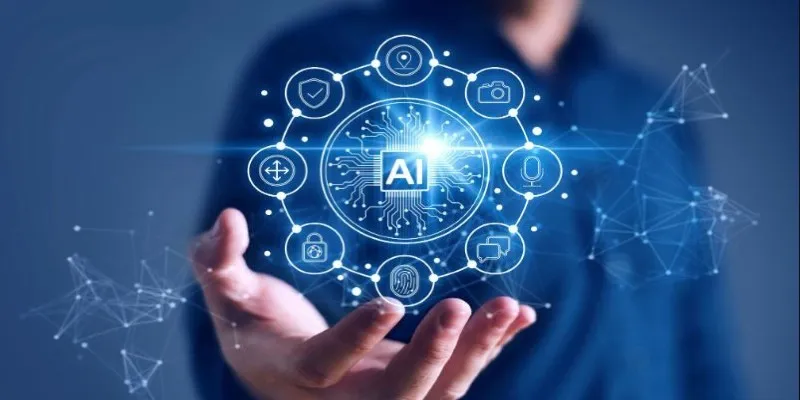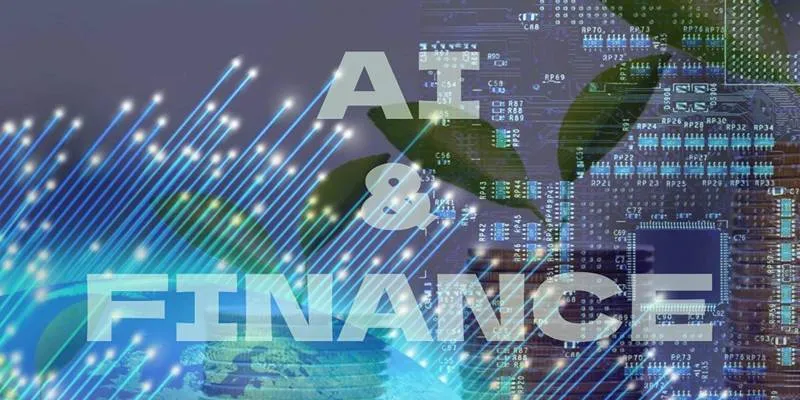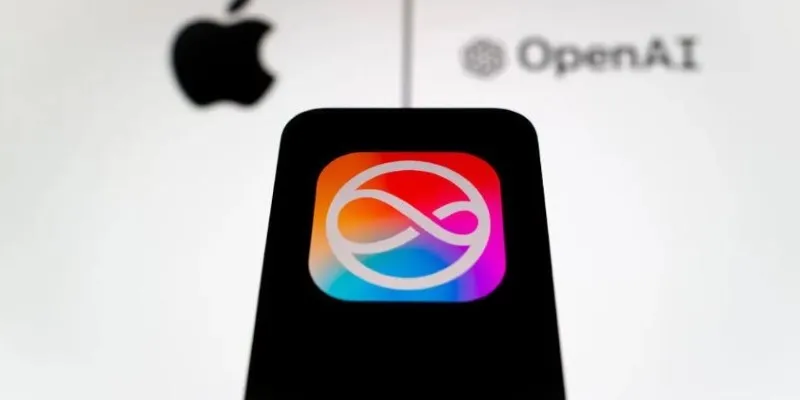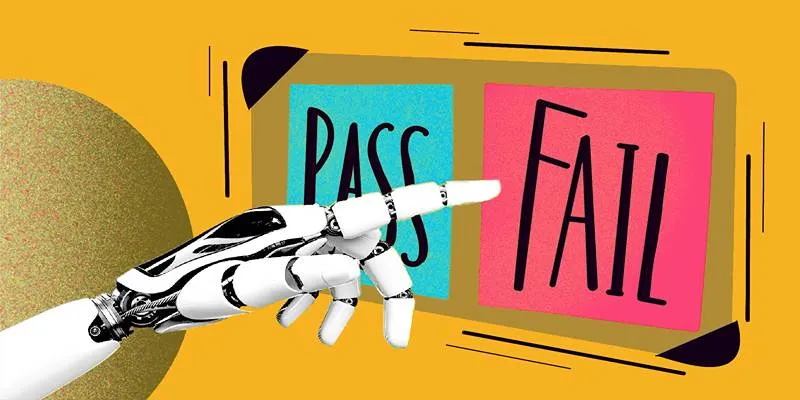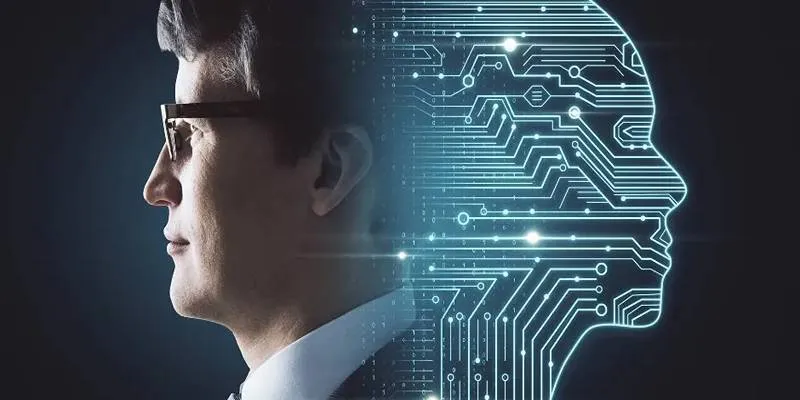Machine learning powers tools like search engines and medical systems, making decisions faster than humans. However, it’s not perfect—it can show bias due to errors in data, design, or training. This “AI bias” can lead to unfair outcomes, especially in critical areas like hiring or healthcare. Learn its causes, examples, and ways to reduce it.
What Causes Machine Learning Bias?
 Machine learning
systems develop biases because of three primary factors: issues in the data,
algorithm problems, and human decision errors. Here are the main causes:
Machine learning
systems develop biases because of three primary factors: issues in the data,
algorithm problems, and human decision errors. Here are the main causes:
Bad or Incomplete Data
AI systems derive most of their functionality from the training data. The AI will replicate data problems, including errors and incomplete or biased information. For example, training a hiring algorithm only with male resumes will lead to an unfair preference for male candidates, sustaining inequality in the recruitment process. When training data contains biases, AI systems make decisions that confirm stereotypes or overlook entire population segments.
Human Errors
AI systems stem from human development, and human biases naturally infiltrate the technology. Designers might unknowingly introduce biases during decisions about data selection, identification formats, or system structure. Failing to include diverse population groups in their data or dismissing important variables can cause AI systems to favor certain groups, resulting in systematic bias.
Limited Training Data
AI systems yield optimal results during training when using extensive and comprehensive datasets. A disability predictor AI might show reduced prediction accuracy if the training data lacks sufficient quantity and real- world representation. An AI system trained on data from a singular population often struggles with performance when applied to larger or more diverse groups due to inaccurate assumptions or biased results.
Faulty Algorithms
Algorithms can introduce bias even if the data is clean and representative. This happens when algorithms prioritize certain patterns or outcomes, potentially overlooking subtle or less common data points. For example, an algorithm might unintentionally weigh factors like age or gender too heavily, leading to biased results. Even without malicious intent, poorly designed algorithms can amplify unfairness or produce unintended consequences.
Common Types of Machine Learning Bias
Different biases can affect machine learning systems. Here are the most common ones:
1. Sampling Bias
Sampling bias occurs when the data used to train an AI is not a good reflection of the real world. For instance, if an AI system is trained mostly on pictures of light-skinned faces, it might not recognize darker-skinned faces well.
2. Label Bias
Label bias happens when the labels used to teach the AI are incorrect or unfair. If doctors’ notes are used to train a medical AI, and those notes contain mistakes or unfair assumptions, the AI will learn those mistakes too.
3. Measurement Bias
Measurement bias arises when data collection methods provide incorrect results. If you measure success by looking only at short-term results, you might miss long-term problems.
4. Algorithm Bias
Algorithm bias is when the math behind the AI favors one group or outcome over another. This can happen even if the data is fair.
5. Exclusion Bias
Exclusion bias occurs when important information is left out. For example, if an AI is supposed to recommend loans but ignores credit history, it might make unfair decisions.
Examples of Machine Learning Bias
Machine learning bias is not just a theory. It has caused real problems in the real world. Here are a few examples:
- Hiring Algorithms: Some companies use AI to scan resumes. If the AI has learned from old hiring practices that preferred men, it might continue to favor male candidates, even if that is not fair.
- Facial Recognition: Studies have shown that some facial recognition systems are better at identifying white males than women or people with darker skin tones. This can lead to wrongful arrests or unfair treatment.
- Healthcare Tools: Some AI systems used in healthcare have been found to give less care to black patients compared to white patients because of biased training data.
How to Reduce Machine Learning Bias
We can take meaningful steps to ensure AI systems are fairer and less biased, creating technology that benefits everyone. Here’s how we can address the issue:
Use Diverse and Fair Data
The data used to train AI must represent diverse groups of people and real- world situations to ensure inclusivity and fairness. Collecting data from a wide range of demographics, cultures, and environments reduces the risk of the AI performing poorly for certain groups. Additionally, this data should be carefully reviewed for errors, inaccuracies, or unfair patterns that could lead to biased outcomes.
Test for Bias
Developers should conduct regular and thorough testing of their AI systems to identify any signs of bias in algorithms or outputs. This involves running various scenarios and analyzing how the system responds to different inputs. If bias is uncovered, immediate corrective actions should be taken to eliminate it.
Involve Different People
AI development teams should include people from diverse backgrounds, including different genders, ethnicities, professional fields, and life experiences. This diversity ensures a broader range of perspectives is considered during the design and implementation stages, reducing the chances of unconscious biases slipping through. Including external advisors or community representatives can also provide unique insights and highlight potential blind spots in the development process.
Improve Transparency
AI systems should be designed to be as transparent and understandable as possible. This means clearly explaining how data is used, how decisions are made, and how results are produced. When users understand the inner workings of an AI system, it becomes easier to detect and address instances of unfairness or bias.
Set Clear Rules
Every AI project should operate under a defined set of ethical guidelines and rules to ensure responsible development and use. These rules should outline what the AI system is allowed to do and what it must avoid, such as discriminatory practices or misuse of user data.
Why Machine Learning Bias Matters
Machine learning bias matters because it affects real people’s lives. When AI systems are biased, they can:
- Deny people jobs
- Give unfair sentences in court
- Refuse loans unfairly
- Provide worse healthcare to some groups
Bias can lead to loss of trust in technology. If people feel that AI is unfair, they might refuse to use it. Fair and unbiased AI systems are better for everyone.
Future of Machine Learning and Bias
 As AI becomes more important in our lives, fighting bias will become even more
critical. Governments, companies, and researchers are already working on new
laws, better technologies, and better ways to make AI fair. There is hope that
in the future, AI will not just be powerful, but also fair and trustworthy.
Everyone has a role to play — from developers and companies to users and
lawmakers.
As AI becomes more important in our lives, fighting bias will become even more
critical. Governments, companies, and researchers are already working on new
laws, better technologies, and better ways to make AI fair. There is hope that
in the future, AI will not just be powerful, but also fair and trustworthy.
Everyone has a role to play — from developers and companies to users and
lawmakers.
By understanding the causes of machine learning bias and taking active steps to reduce it, we can build a better future with AI that works for all people.
Conclusion
Machine learning bias is a serious but solvable problem. It happens when an AI system makes unfair decisions because of problems with its data, design, or training. Bias can cause real harm in areas like hiring, healthcare, and law enforcement. However, with careful planning, better data, diverse teams, and constant testing, we can make AI systems fairer and more trustworthy. In a world where AI is becoming more powerful every day, fairness and ethics must always come first.
 zfn9
zfn9
